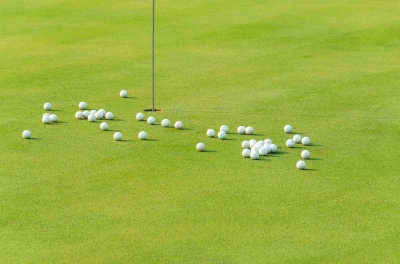
There are many different ways to prepare: today I’m going to talk about practising your talk in the outer world, but working with your inner world – using mental rehearsal and relaxation techniques – are also important if you’re nervous.
Practising can help in showing you:
- what you need to fix in order to make your talk flow logically
- what you need to edit for clarity
- the possibilities for connection with your audience when you know your material so well that you get out of your own head
- how to feel more confident and comfortable (see my previous article on the neuroscience of why to practise here)
Here are my 2 no-no’s of practice; what NOT to do:
- practise in front of a mirror – don’t even think about it! You’ll probably put yourself off for life…seriously, it only makes you self-conscious. Public speaking is about connecting with your audience, not looking in the mirror and realising your urgent need for a haircut
- memorize your talk: you’ll be in trouble if you forget your words, and you’ll look as though you’re on automatic pilot
There is one exception to the memorization rule; I would suggest memorizing your first 20 or 30 seconds or 2 – 3 sentences – usually the shakiest time – just to get you rolling.
How to practise for maximum effect:
-
first write your main points out on e.g. 3 x 5 cards
-
then practise out loud from these cards: being a good speaker means learning to embody your topic by speaking it aloud, not just reading your presentation to yourself
-
while you’re out walking is a great way to embed your material: this also gives you the learning advantage of multi-focusing. You’re saying the words to yourself, and (hopefully!) also managing to navigate the footpath, trees and so on. This is great practice for when you’re presenting and have to focus on what you’re saying and what’s going on in the room
- while driving is also good: the same multi-focusing effect applies as to walking
What to practise in particular
- your opening and closing remarks
- your stories, to edit and make them ‘tight’ and interesting
- segues, the transitions from one point to another, to make them seamless
- your energy level changes (you do have energy level shifts, don’t you?)
- technology – if you’re unfamiliar with any equipment, don’t use the presentation as a test run – give it an outing first
- choreography: how you move around the stage, if you’re using one – purposeful movement is the key
Any comments? Let me know about your practice, I’d love to hear from you.

Comments (2)
[…] you’d like to begin turning this around, click here for useful tips on how to practise most effectively. Good luck! Share this […]
[…] it, it’s embedded in your mind. Another article I’ve written on effective practice is here. Obviously, practising the whole talk is ideal: but if you can’t do that or don’t have […]